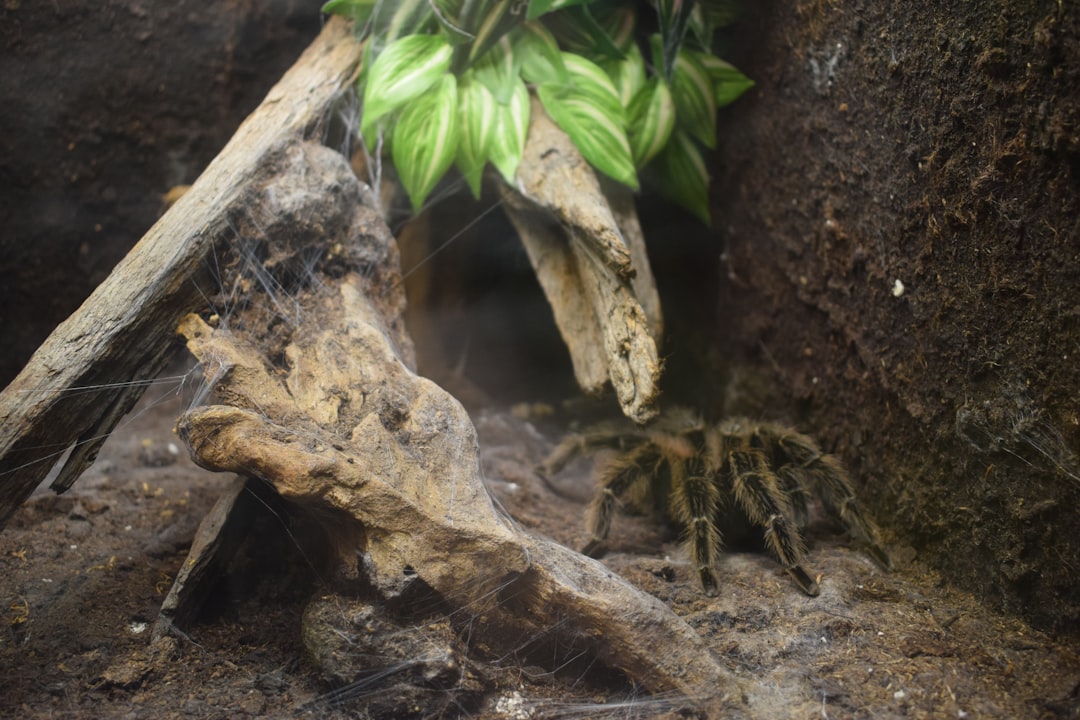Terrariums are a beautiful and low-maintenance way to bring greenery into your home or office. However, when setting up your miniature garden, one of the most important decisions you'll make is whether to create an open or closed terrarium. Understanding the differences between these two types will help you select the right environment for your plants to thrive.
What Are Open and Closed Terrariums?
Terrariums come in two primary styles, each with its own unique environment and plant suitability:
-
Open Terrariums: These terrariums do not have a lid, allowing for constant airflow and a drier environment. They are best suited for plants that prefer low humidity and good air circulation.
-
Closed Terrariums: These have a lid or are fully sealed, creating a humid, self-sustaining ecosystem. The enclosed space traps moisture, making it ideal for tropical plants that thrive in high humidity.
Both types provide an aesthetically pleasing way to grow plants, but their differences make them suitable for distinct plant varieties and care routines.
Open Terrariums: Features and Best Plants
Key Characteristics:
-
No lid, allowing for free air exchange.
-
Lower humidity levels, reducing the risk of mold or rot.
-
Requires more frequent watering since moisture escapes easily.
-
Ideal for plants that thrive in drier conditions.
Best Plants for Open Terrariums:
-
Succulents (e.g., Echeveria, Jade Plant, Aloe Vera)
-
Cacti
-
Air plants (Tillandsia)
-
Herbs (such as thyme and rosemary)
-
Some small flowering plants
Care Tips for Open Terrariums:
-
Place in bright, indirect sunlight to prevent overheating.
-
Water sparingly—succulents and cacti need minimal water.
-
Ensure good airflow to prevent fungal growth.
-
Use well-draining soil to prevent root rot.
Closed Terrariums: Features and Best Plants
Key Characteristics:
-
Fully enclosed with a lid, creating a humid environment.
-
Minimal watering needed as moisture recycles within the ecosystem.
-
Encourages condensation, maintaining high humidity.
-
Ideal for plants that prefer damp conditions.
Best Plants for Closed Terrariums:
-
Ferns (e.g., Maidenhair Fern, Boston Fern)
-
Mosses
-
Fittonia (Nerve Plant)
-
Peperomia
-
Calathea
-
Small orchids
Care Tips for Closed Terrariums:
-
Place in indirect light; too much direct sunlight can cause overheating.
-
Open the lid occasionally to let fresh air in and reduce excess moisture.
-
Trim plants regularly to prevent overgrowth.
-
Watch for mold or mildew and remove affected leaves promptly.
How to Choose the Right Terrarium Type for Your Plants
The decision between an open and closed terrarium largely depends on the plants you wish to grow and the level of maintenance you prefer. Consider the following:
-
If you love succulents and cacti → Choose an open terrarium for a dry, airy environment.
-
If you want to create a lush, rainforest-like setting → Opt for a closed terrarium to retain moisture and humidity.
-
If you prefer low-maintenance gardening → A closed terrarium may be better, as it requires less frequent watering.
-
If you enjoy hands-on care and occasional watering → An open terrarium can be a rewarding choice.
Final Thoughts
Both open and closed terrariums offer a unique way to bring greenery indoors, but selecting the right type depends on the specific needs of your plants. Whether you're drawn to the arid beauty of succulents or the lush greenery of ferns, understanding the differences between these two terrarium types will ensure a thriving miniature garden.
Are you ready to start your own terrarium? Choose your favorite plants and create a tiny world of nature right in your home!

Comments
No comments yet. Be the first to comment!
You must be logged in to comment. Login